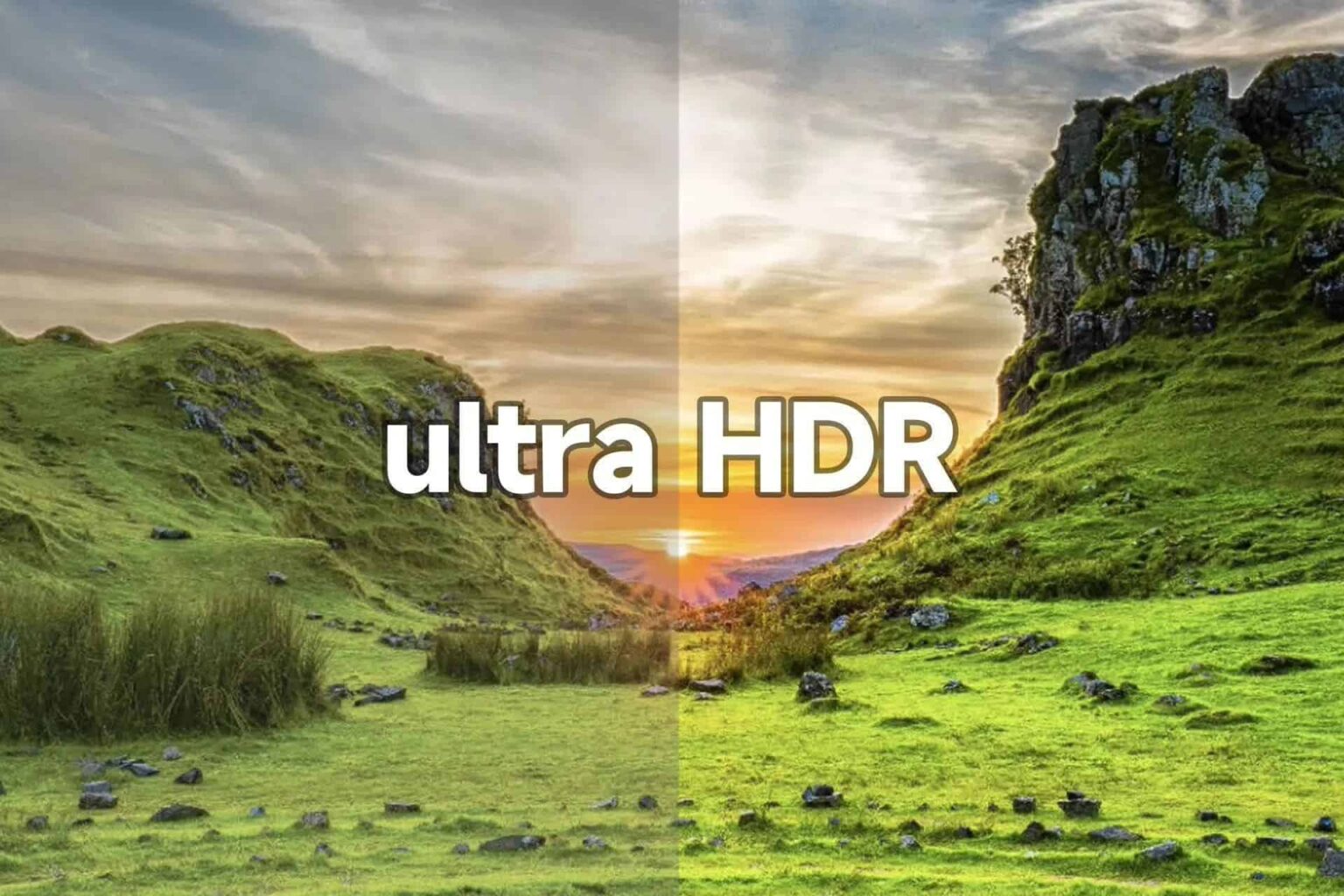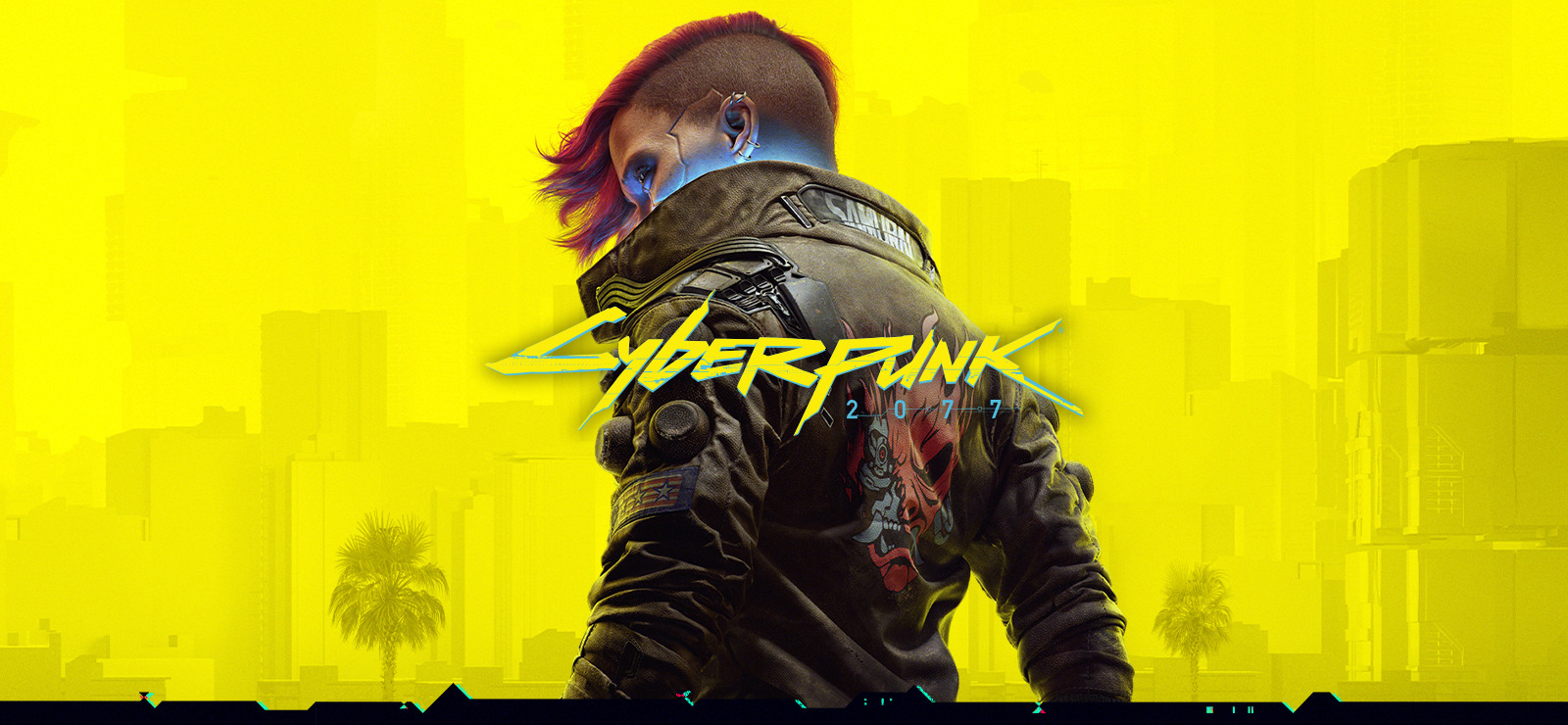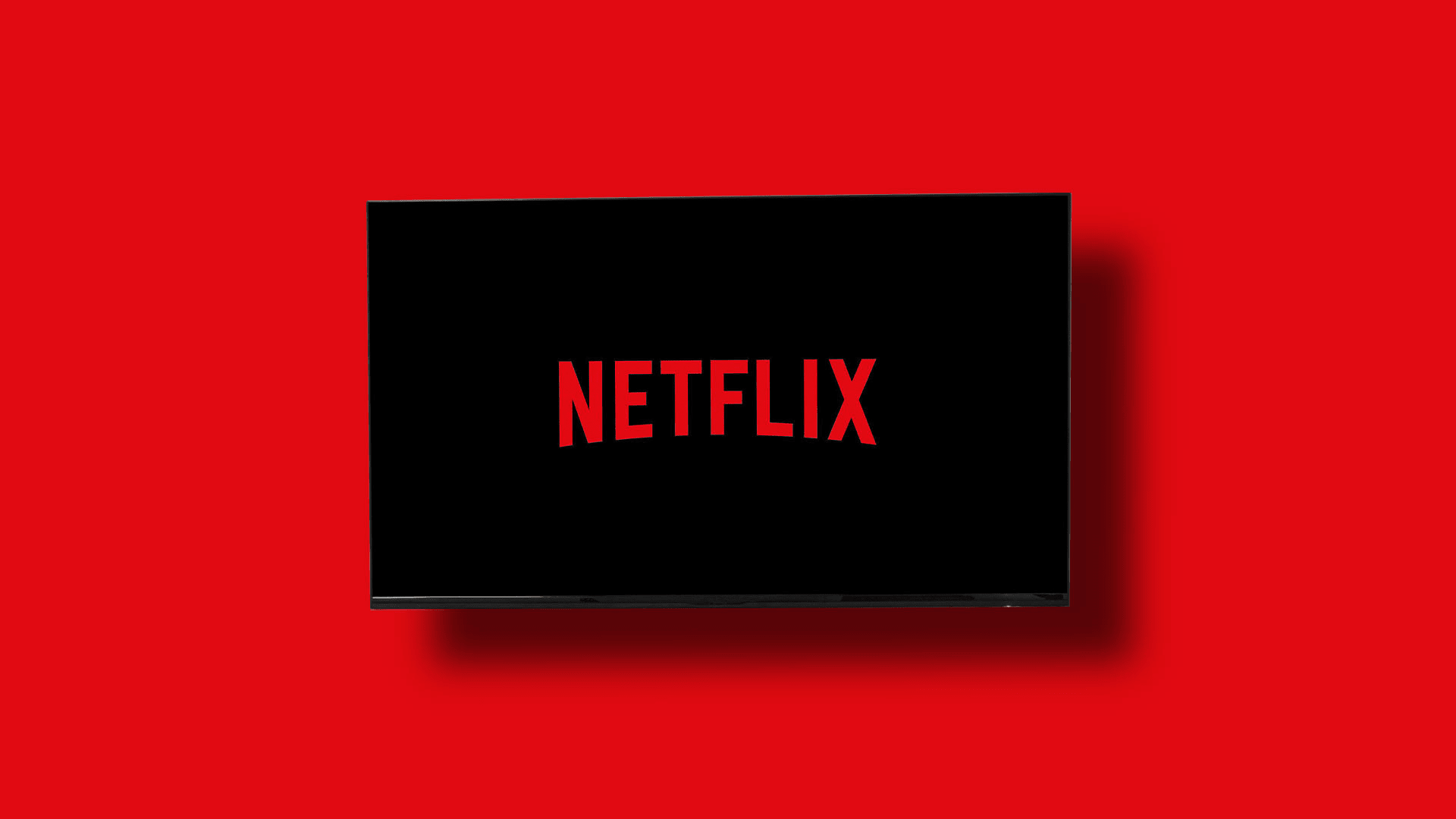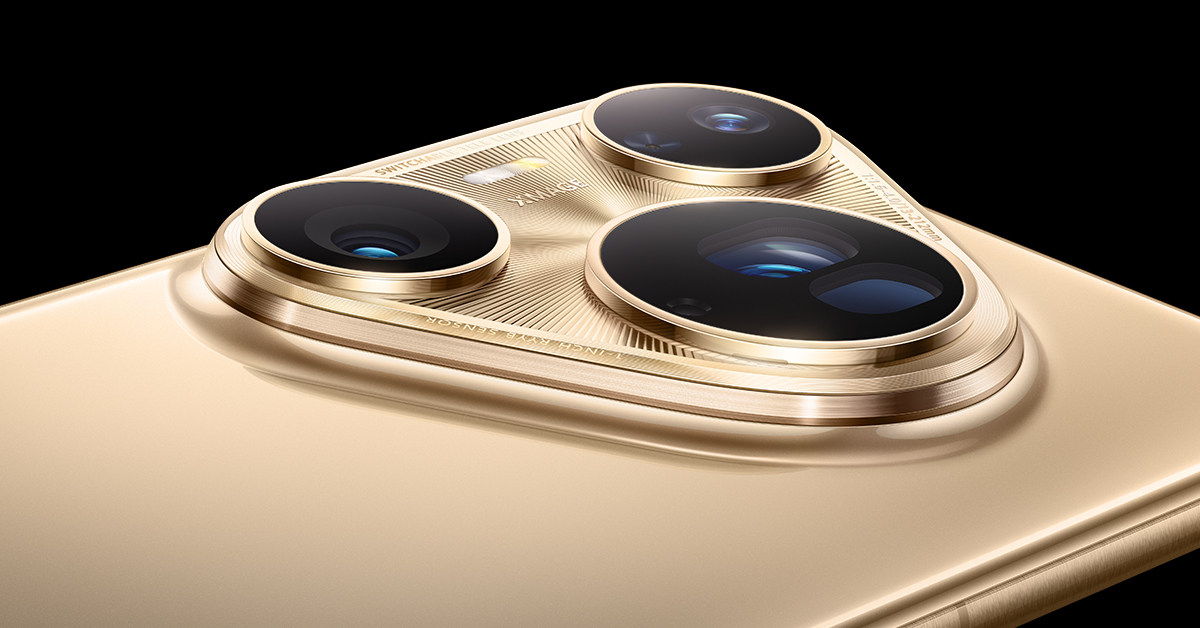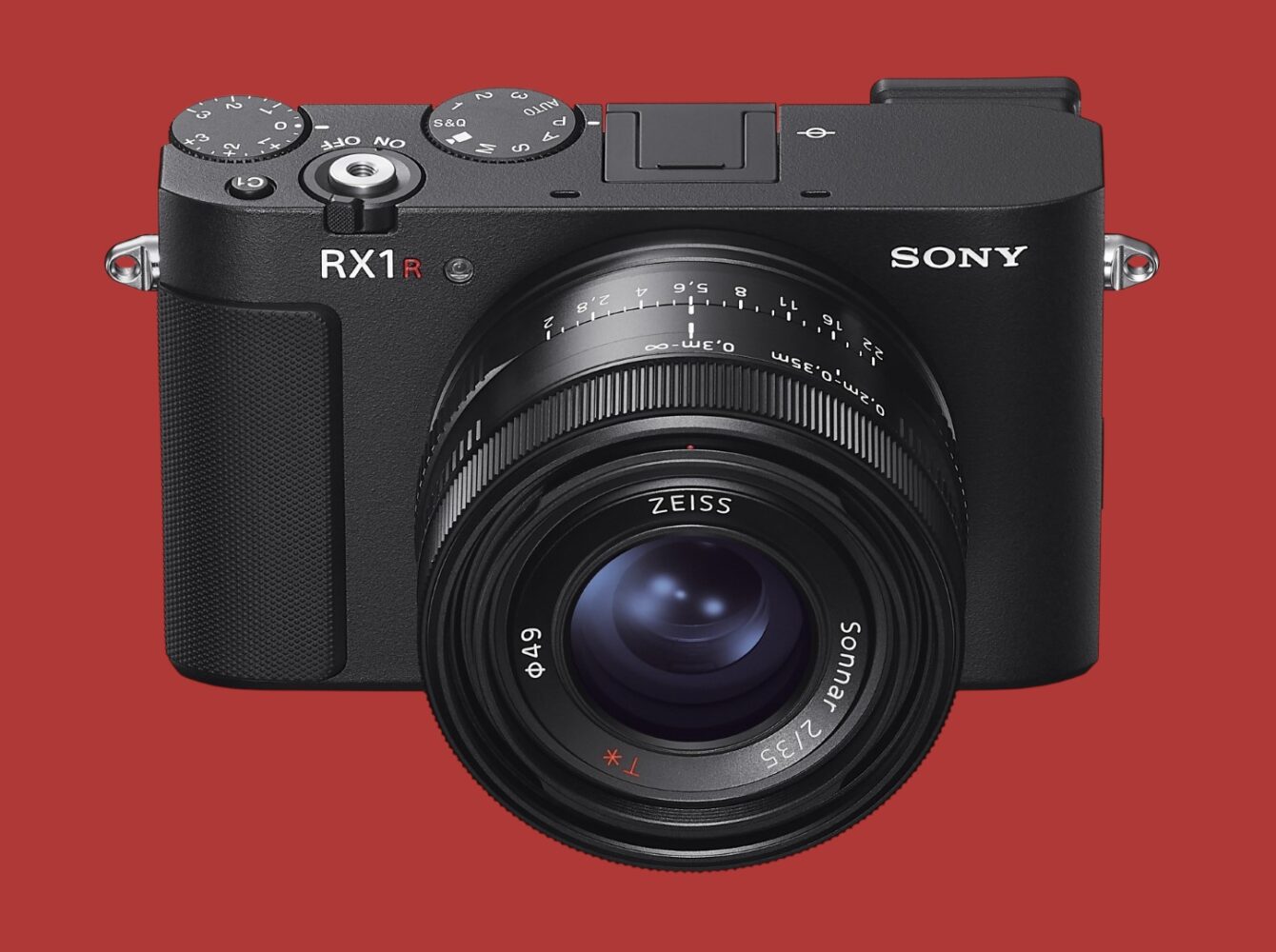Google Photos is gradually rolling out a new editing tool that lets users convert standard images into Ultra HDR format, offering enhanced brightness, detail, and color depth—provided you’re viewing on a compatible display. While the feature isn’t yet widely available, some users running version 7.24.0.747539053 of the app have begun to see the option appear in the editing interface.
Located under the “Adjust” tab, the Ultra HDR feature introduces what’s called a “gain map” to an image. Unlike basic filters labeled as “HDR effect,” which simply tweak shadows and highlights, this function embeds additional brightness data into the image file. That extra layer allows HDR-capable screens to more accurately render expanded dynamic range, creating visuals that feel more vivid and lifelike. However, if your device doesn’t support HDR, you won’t see much difference—though you can still process your photos and view the enhanced versions on another display.
It’s important to note that this isn’t the same as capturing a true HDR photo. In typical HDR photography, a phone’s camera takes multiple exposures and merges them into one image to balance light and shadow. In contrast, Google’s Ultra HDR feature modifies an existing single-exposure image by algorithmically adding data for HDR displays to interpret. So, while it enhances presentation on modern screens, the image isn’t a full HDR capture in the traditional sense.
Google hasn’t shared technical specifics about how it generates gain maps or what data the feature uses to simulate extended dynamic range. That uncertainty makes it worth experimenting with caution. If you’re curious to try the feature but want to preserve your originals, consider duplicating your photos before applying the Ultra HDR effect.
Devices like the Pixel 9a, Galaxy S25, and OnePlus 13R come equipped with HDR-capable screens, making them ideal for testing out the results. But for users with SDR-only displays, the improvements will likely go unnoticed until the images are viewed elsewhere.
As with many of Google’s AI-assisted and display-optimized tools, this rollout appears to be staggered. If you see an option labeled “HDR Effect” instead of “Ultra HDR,” your app likely hasn’t received the full update yet. While it may take time before this tool becomes widely accessible, it signals a broader trend toward integrating display-specific enhancements into everyday photo editing—without requiring users to capture photos under special settings.
Whether Ultra HDR becomes a staple feature or remains a niche tool for enthusiasts with high-end screens remains to be seen. But for now, it offers an easy way to breathe new life into your photo library—especially for those already immersed in the HDR ecosystem.

